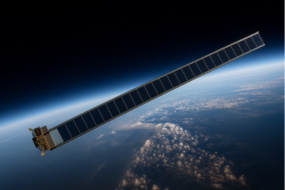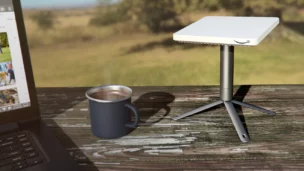AST SpaceMobile and its long-time investor, Vodafone, deepened their partnership this week with the formation of a new joint venture—SatCo—in Luxembourg.
The pair’s new entity will begin offering European customers direct-to-device connectivity in 2026. Their goal is to provide coverage across 100% of Europe’s landmass, effectively eliminating dead zones across the continent.
SatCo said in a statement that it has already received interest from network operators in 21+ European countries.
Small state, big dreams: Despite being one of the smallest EU nations, Luxembourg is a central location for many US companies setting up shop on the continent because of its business friendly legal and financial environment.
SatCo will use its headquarters as a launching pad to try to become the first direct-to-device provider in Europe. The joint venture will deploy a small network of ground stations around the continent to integrate with operators of existing terrestrial networks, provide secure backhaul links, and extend coverage from the growing constellation of AST’s BlueBird satellites.
AST has five BlueBirds flying inclination orbits in LEO, and expects to launch a batch of its Block 2 BlueBird sats this month. Four additional launches are expected to bring the total number of sats in orbit to 60 next year.
The joint venture may also introduce the satcom operator to business outside of Europe, according to Quilty Space’s director of research, Caleb Henry.
“When you look at Vodafone, they’ve got a big business across Europe. They also have a big business across Africa,” Henry told Payload. “So I also wouldn’t be surprised if AST is able to leverage Vodafone’s success across two continents instead of one.”
Bright future: SatCo may face headwinds from Europe’s increasing regulations regarding light pollution on-orbit, however. The first batch of BlueBird sats stunned astronomers when they reached orbit in October, deploying 64 m2 antennae that shone brighter than most of the brightest stars in the sky.
Europe’s proposed Space Act has provisions that mandate satellite operators limit their light pollution, so clearly adjustments will need to be made.
To their credit, AST signed a coordination agreement in April with the US National Science Foundation to adopt measures to limit future sats’ light pollution. Only time will tell if they’ve done enough to keep the skies clear—and regulators happy.




